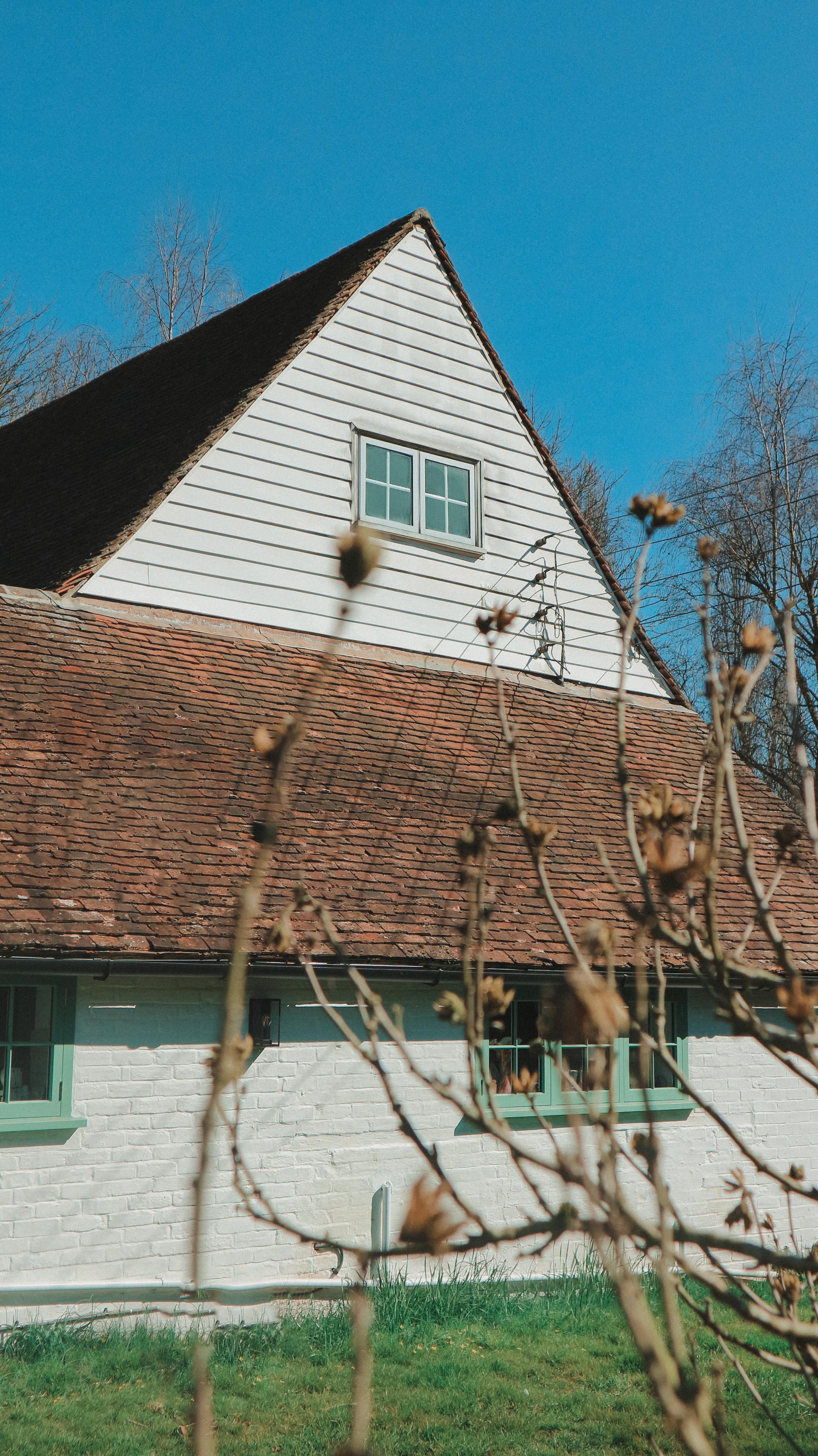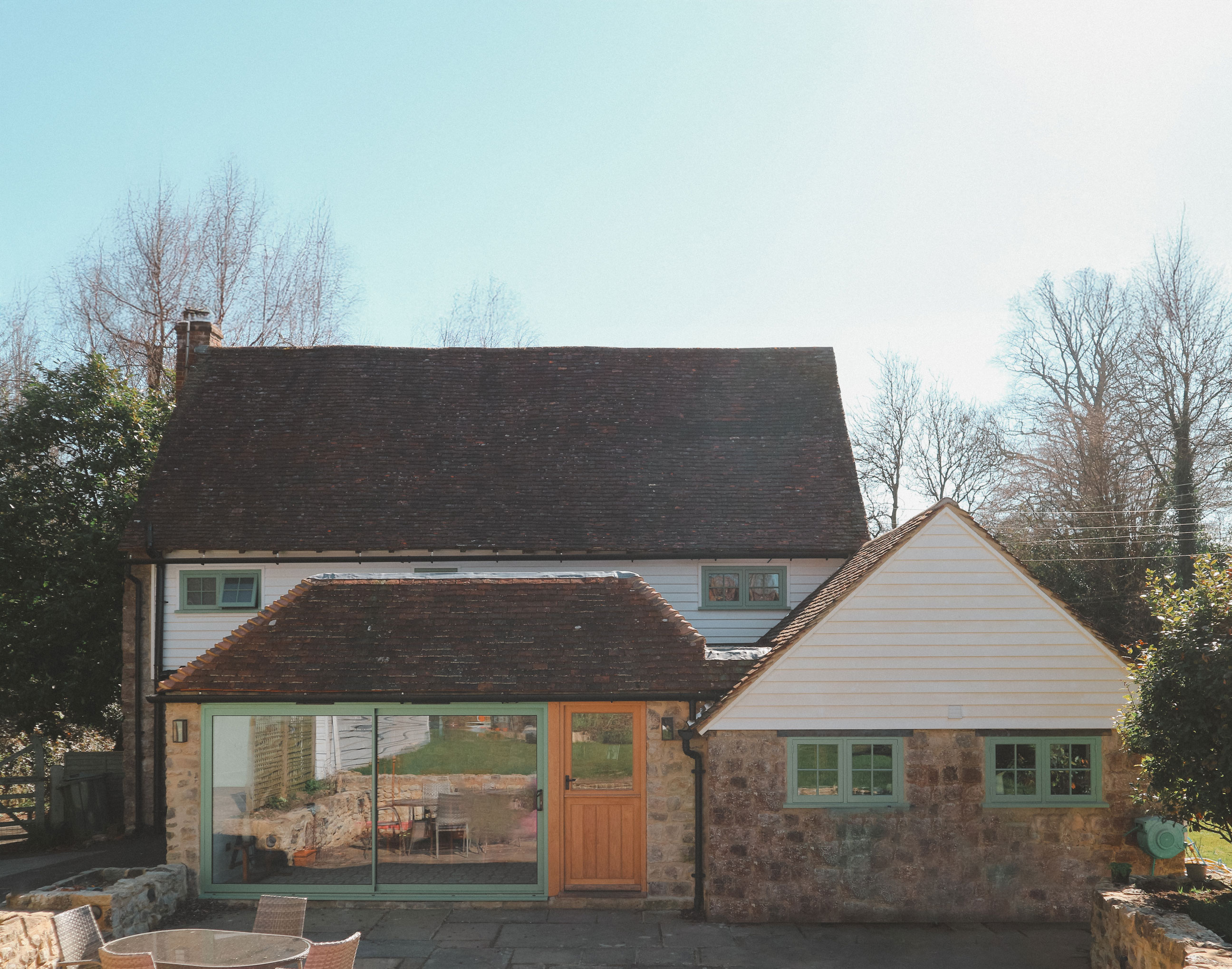Can I Extend A Listed Building? Maybe
Preserving England’s Architectural Heritage: The Importance of Listed Buildings

If you’ve ever strolled through a historic town centre or admired the weathered charm of a country manor, you’ve likely encountered a listed building. These are more than just bricks and beams—they are physical storytellers of England’s past. From medieval cottages to industrial warehouses, from grand castles to modest terraces, each listed building has been recognised for its special architectural or historic importance.
But what happens when you own one? And more importantly: can you extend or adapt it for modern living? The answer is… maybe.
What Does It Mean for a Building to Be Listed?
The listing system was introduced in the aftermath of World War II, when rapid redevelopment risked erasing much of Britain’s heritage. Today, Historic England oversees the process, working with local authorities to safeguard our built environment.
There are three main grades of listed buildings:
- Grade I – The rarest and most exceptional (around 2.5% of listed buildings). Think cathedrals, palaces, and truly iconic landmarks.
- Grade II* – Buildings of particular significance—around 5.5% of listings. These often include unusual designs, important interiors, or notable craftsmanship.
- Grade II – The most common designation (over 90%). These buildings, while not always grand, are crucial to the fabric of towns and villages—ranging from historic pubs to terraced homes.
You can search whether a building is listed using the National Heritage List for England.

Why Do Listed Buildings Matter?
Listed buildings connect us to our shared history. They give character to our high streets, attract visitors to our towns, and provide a tangible sense of place. Economically, they support tourism and often increase property desirability. Culturally, they are irreplaceable.
But importantly, listing isn’t about freezing buildings in time. Many are still lived in, worked in, or used by the public. The challenge lies in balancing conservation with modern use—a task that requires careful, creative design.
The Responsibilities of Ownership
Owning a listed building is both a privilege and a responsibility. Any significant changes—extensions, demolitions, or even some internal alterations—require Listed Building Consent from your local authority. This system, under the Planning (Listed Buildings and Conservation Areas) Act 1990, ensures that changes respect the building’s heritage.
That said, ownership doesn’t mean living in a time capsule. With the right approach, listed buildings can be adapted to suit contemporary lifestyles while celebrating their historic character.

Can You Extend a Listed Building?
Yes, but it’s complicated. Extensions to listed buildings are possible, but they demand sensitivity, expertise, and collaboration with planners and conservation officers.
Good design principles include:
- Sympathetic materials: Using stone, brick, or timber that blends with or subtly contrasts the original building.
- Respecting key features: Retaining elements such as original windows, beams, or decorative details.
- Honesty of design: Often, a contemporary extension is designed to be clearly new, avoiding pastiche while still harmonising with the original.
- Sustainability: Integrating modern insulation, renewable energy, and efficient glazing without compromising heritage.
Interior Adaptations
Modern life often demands open-plan layouts, contemporary kitchens, and discreet technology. Within a listed building, achieving this requires ingenuity rather than brute force.
- Open-plan living with respect: While knocking through walls is usually restricted, creative spatial design can enhance flow.
- Modern kitchens and bathrooms: Contemporary fittings can be added alongside original fireplaces or beams.
- Hidden technology: From underfloor heating to smart home systems, much can be integrated invisibly.
The result? Homes and workplaces that function beautifully today without losing their soul.

Navigating the Planning Process
The planning process for listed buildings can seem daunting—but it doesn’t have to be. The key is preparation and the right professional support.
- Consult early: Work with an architect experienced in heritage projects (such as our studio at Felix Lewis Architects), who understands both the constraints and creative opportunities.
- Apply for consent: Any major alteration requires Listed Building Consent from your local authority. Well-prepared applications save time and stress.
- Engage with conservation officers: They aren’t there to block projects, but to guide them. Early dialogue can shape a design that balances preservation with practicality.
For further advice, Historic England’s guidance on listed building consent is an excellent starting point.

Final Thoughts
So—can you extend a listed building? Maybe. The real answer lies in how you approach it. With sensitivity, creativity, and expert guidance, it’s possible to create a home or workplace that honours history while embracing the future.
Listed buildings should not be museum pieces—they are living, breathing parts of our towns and countryside. When handled thoughtfully, an extension or adaptation can write a new chapter in a building’s long story, ensuring it continues to inspire for generations to come.
Let's Talk About Your Project
At Felix Lewis Architects, we love working with heritage buildings, blending old and new to create spaces that are both timeless and functional. Whether you’re planning a restoration, adaptation, or a full-scale renovation, we can help navigate the complexities of listed buildings and ensure your project respects and enhances its historic charm.
If you have a project in mind — or even just an idea — why not get in touch? We’d be happy to chat about how we can help you design something that works beautifully for your life and the planet.
Drop us a line at info@felixlewisarchitects.com, and let’s set up a time to talk.
